Building Trust: Horse-Human Relationship
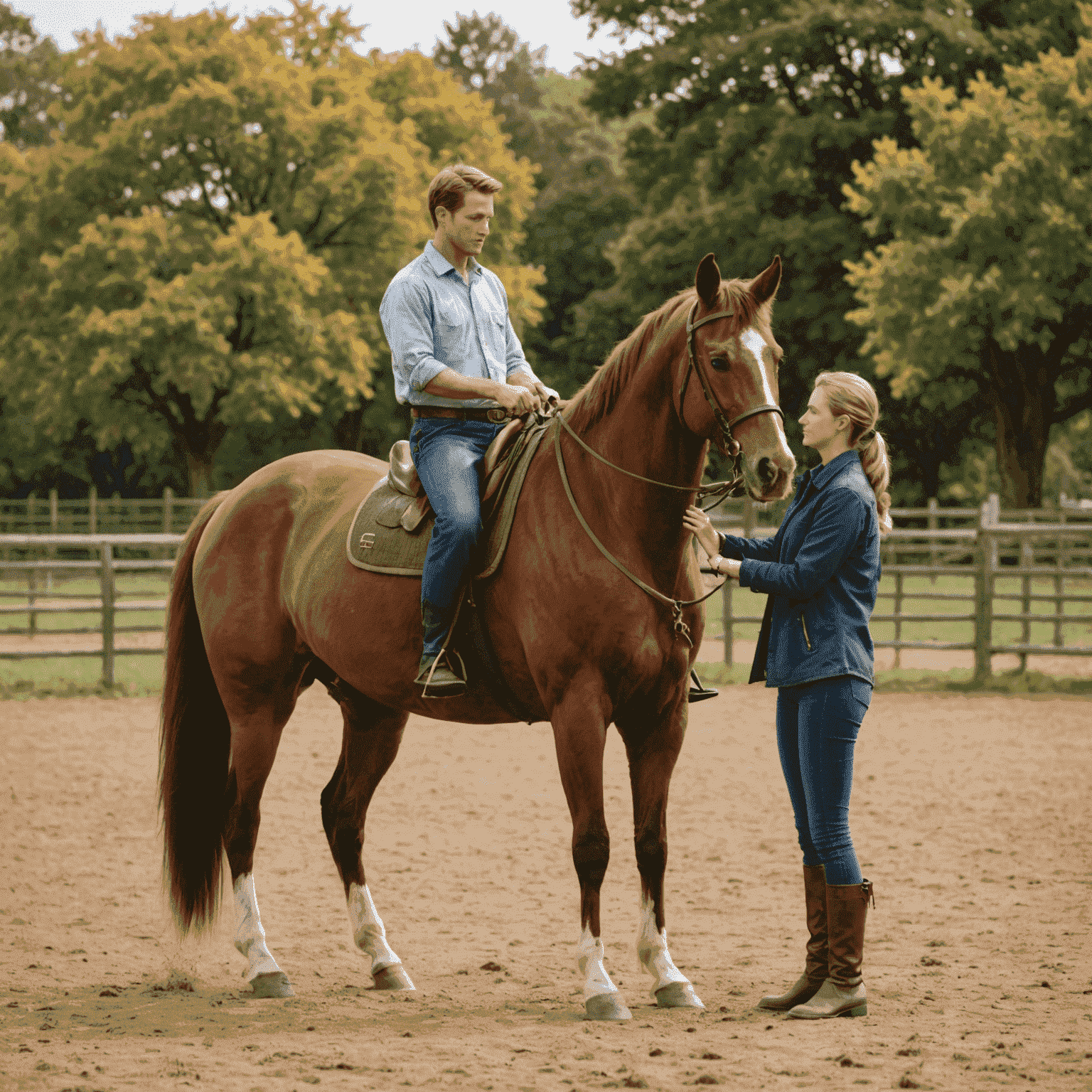
Understanding Equine Psychology
Horses are prey animals with instincts that have evolved over thousands of years. Their first response to perceived threats is typically flight, not fight. Understanding this fundamental aspect of horse psychology is crucial when developing your approach to handling and training.
When a horse trusts you, they accept you as their leader and feel safe in your presence. This trust doesn't happen overnight—it requires consistency, patience, and clear communication. Remember that horses are incredibly perceptive; they can sense your emotions and respond accordingly.
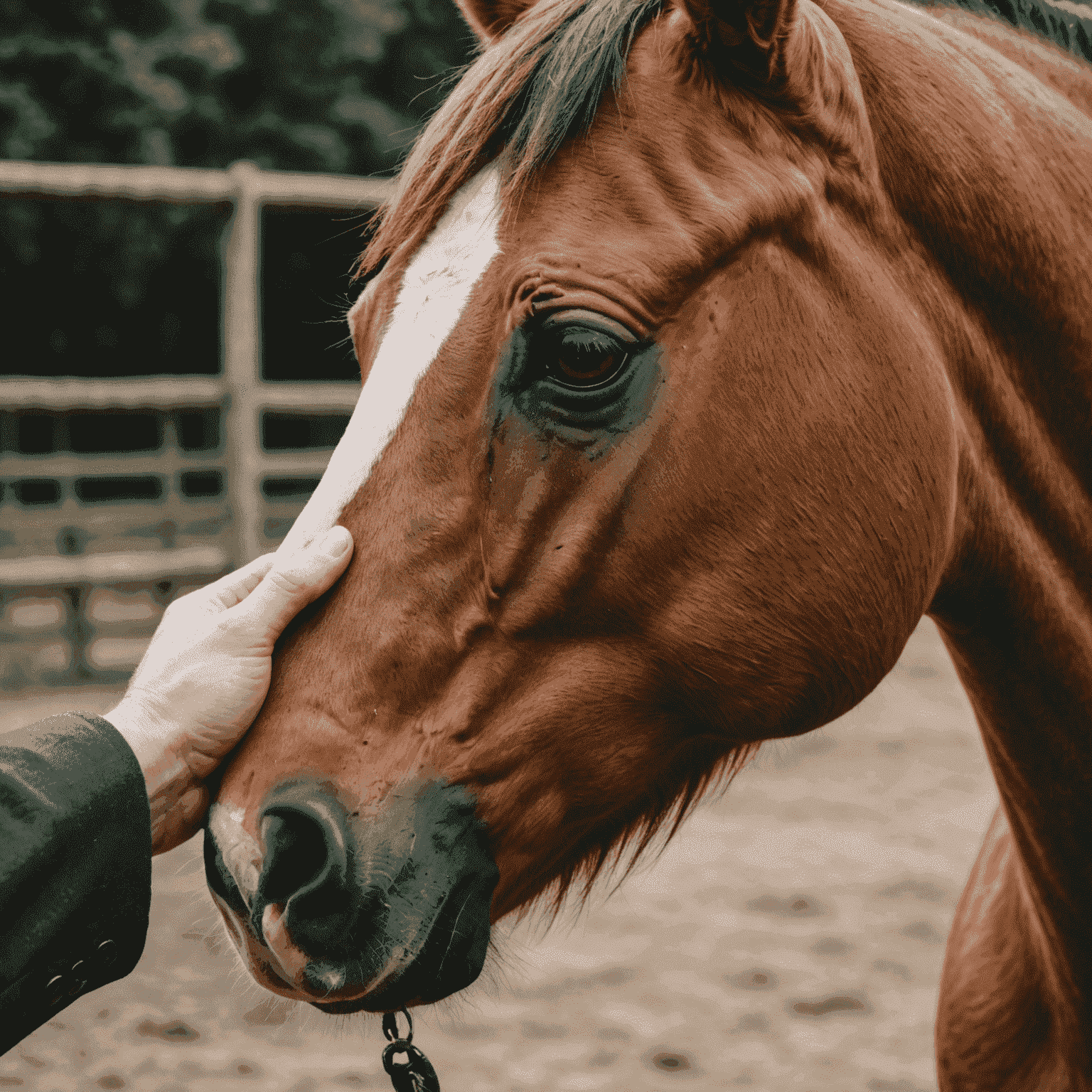
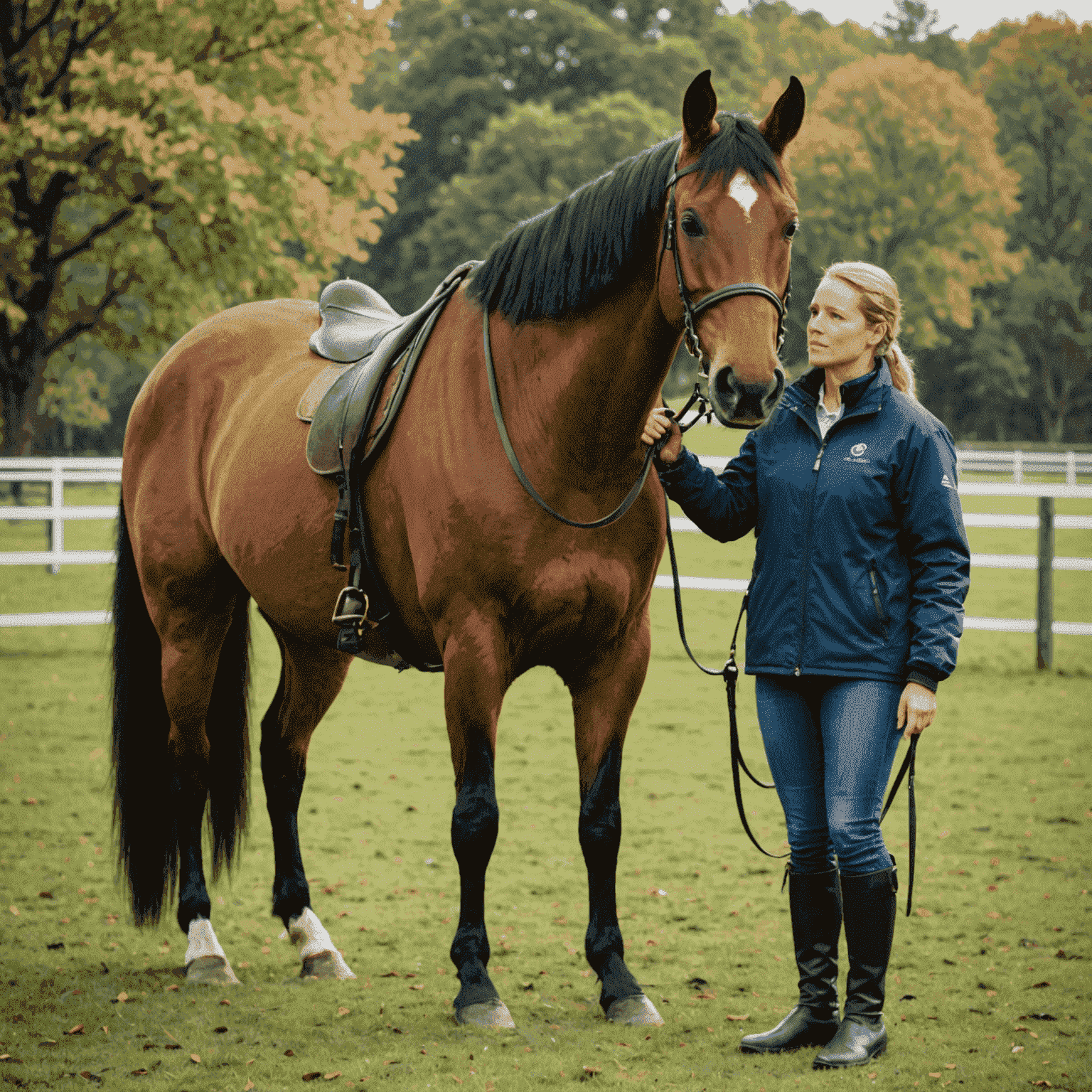
Effective Handling Techniques
Proper handling forms the basis of your relationship with your horse. Here are some essential techniques that promote trust:
- Consistent boundaries: Horses thrive when they understand what is expected of them. Set clear, consistent boundaries and reinforce them gently but firmly.
- Pressure and release: This fundamental training principle involves applying pressure (a cue) and releasing it immediately when the horse responds correctly. The release is the reward.
- Proper positioning: Be aware of your body position relative to your horse. Standing in the "drive line" behind the shoulder can signal movement, while standing at the shoulder indicates stopping or standing still.
- Calm energy: Maintain a calm, confident demeanor. Horses mirror our energy, so approaching them with anxiety or aggression can trigger their flight response.
"The relationship with your horse should be built on mutual respect, not dominance or fear. When a horse chooses to work with you rather than being forced, you've created something truly special."
Trust-Building Exercises
Incorporating specific exercises into your routine can accelerate trust development:
Groundwork Fundamentals
Groundwork establishes respect and communication before you ever get in the saddle. Exercises like lunging, yielding hindquarters, and backing up teach your horse to respond to subtle cues while building their confidence in your leadership.
Desensitization Training
Gradually introducing your horse to potentially frightening stimuli in a controlled, positive manner helps build their confidence. Start with less intimidating objects and progress slowly, always allowing the horse to investigate at their own pace.
Liberty Work
Working with your horse without ropes or restraints is the ultimate test of your relationship. Liberty work demonstrates that your horse chooses to be with you and follow your guidance without physical control.
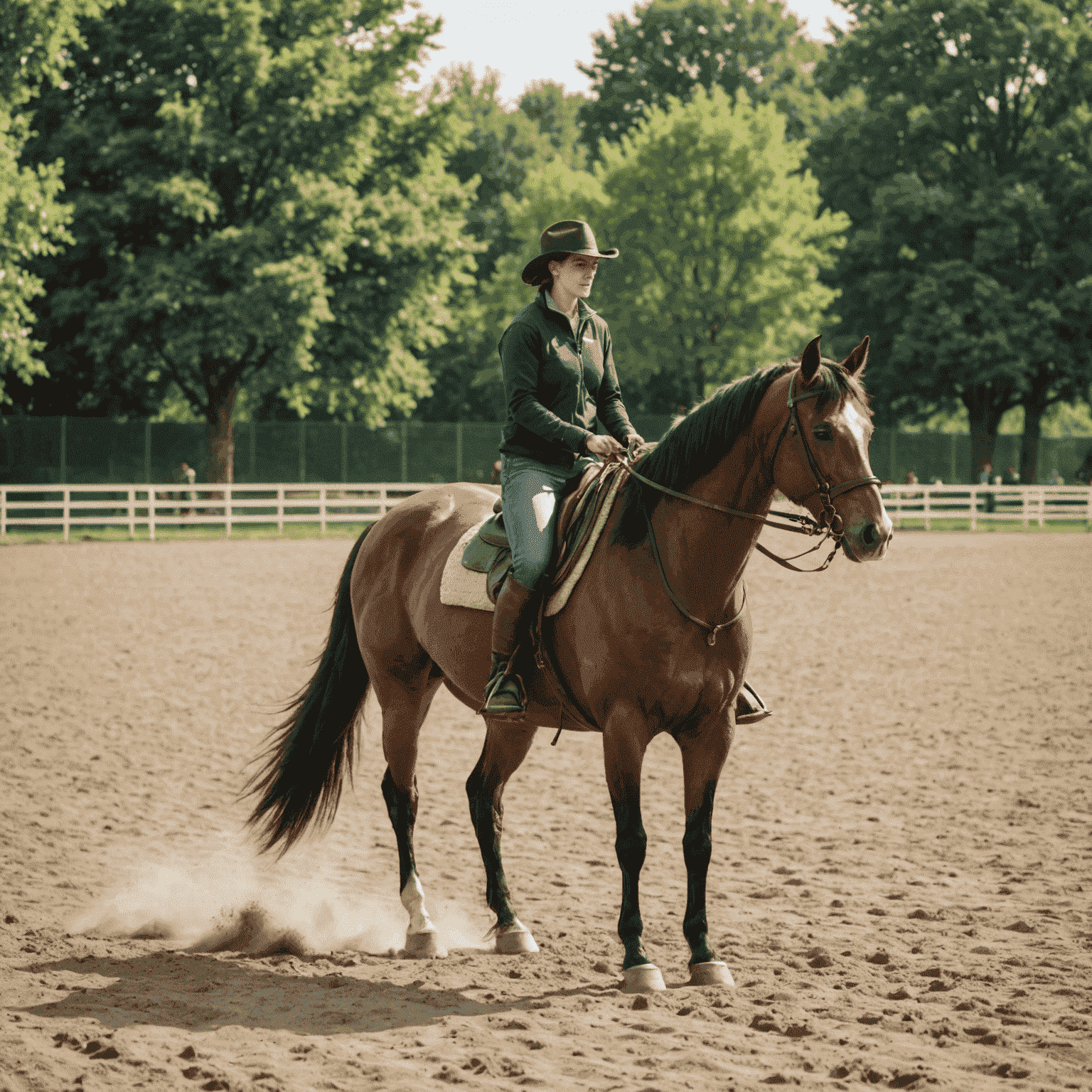
Reading Equine Body Language
Horses communicate primarily through body language. Learning to read these subtle cues is essential for understanding your horse's emotional state and responding appropriately:
Signs of Trust and Relaxation
- Lowered head
- Soft, blinking eyes
- Relaxed lower lip
- One hind leg resting
- Gentle snorting
- Licking and chewing
Signs of Anxiety or Distrust
- Raised head and neck
- Wide, alert eyes
- Tense muscles
- Pinned ears
- Swishing tail
- Pawing or stomping
The Role of Consistency in Building Trust
Horses thrive on routine and predictability. Being consistent in your handling, training methods, and even your mood helps your horse understand what to expect from interactions with you. This consistency creates a sense of security that forms the foundation of trust.
At Heritage View Ranch, we emphasize the importance of developing a consistent training schedule and approach. Even short, regular sessions are more effective than infrequent, lengthy ones. This consistency extends to everyone who handles your horse—all caregivers should follow similar protocols to avoid confusing the animal.
Key Elements of a Trust-Based Approach
Patience
Allow your horse time to process and respond. Rushing creates anxiety and erodes trust.
Fairness
Set clear expectations and reward good behavior promptly. Avoid punishment-based training methods.
Consistency
Be reliable in your cues, responses, and emotional state when working with your horse.
Overcoming Trust Issues
Many horses come with past experiences that may have damaged their ability to trust humans. Rehabilitating these horses requires extra patience and specialized techniques:
Start by establishing a safe environment where the horse can relax. Keep initial sessions short and positive, focusing on non-threatening activities. Gradually introduce potentially stressful situations only when the horse shows readiness. Remember that progress may be slow and non-linear—celebrate small victories.
For horses with severe trust issues, consider consulting with an equine behaviorist who specializes in rehabilitation. These professionals can provide tailored strategies for your horse's specific needs.
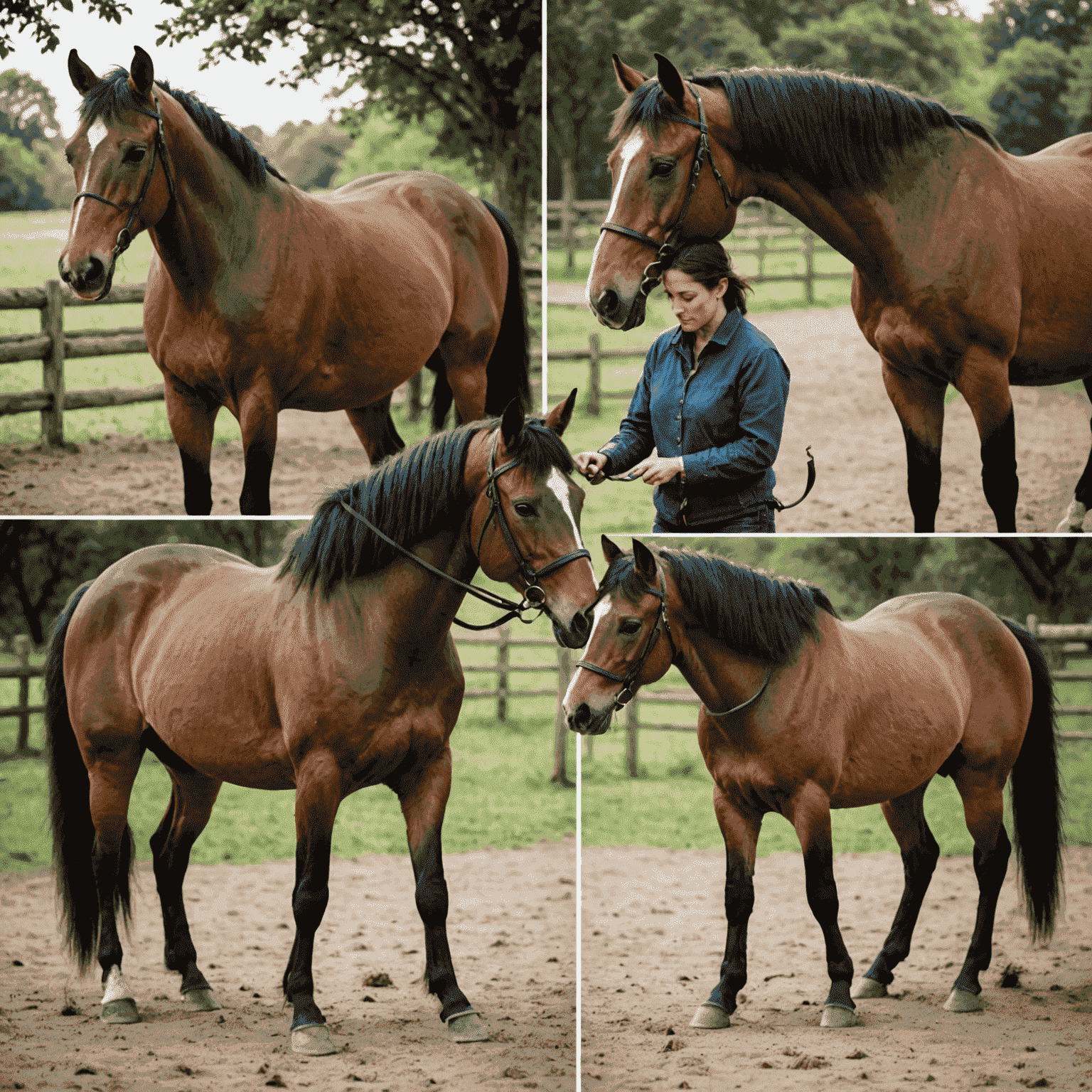
Conclusion
Building a strong relationship with your horse is a journey that requires time, patience, and dedication. The trust you develop becomes the foundation for all future interactions and training. By understanding equine psychology, implementing proper handling techniques, and maintaining consistency, you create an environment where your horse feels secure enough to form a genuine bond.
At Heritage View Ranch, we believe that this trust-based approach not only produces better training results but also leads to happier, healthier horses. The relationship between horse and human can be one of the most rewarding partnerships you'll ever experience—one built on mutual respect, clear communication, and genuine connection.
Remember that each horse is an individual with unique experiences and personality. Adapt these principles to suit your horse's specific needs, and you'll be well on your way to developing a relationship that enriches both your lives.